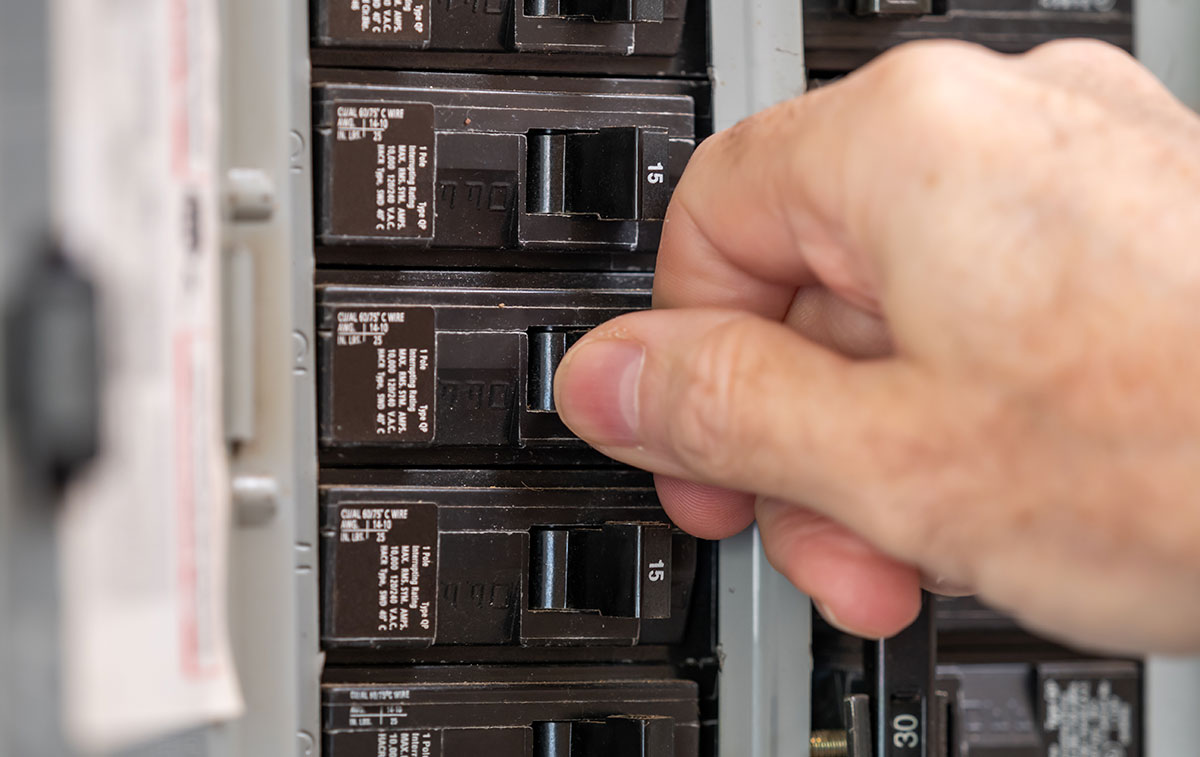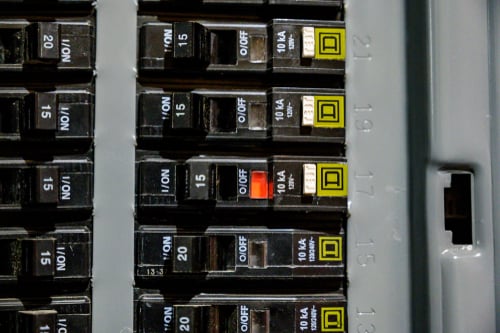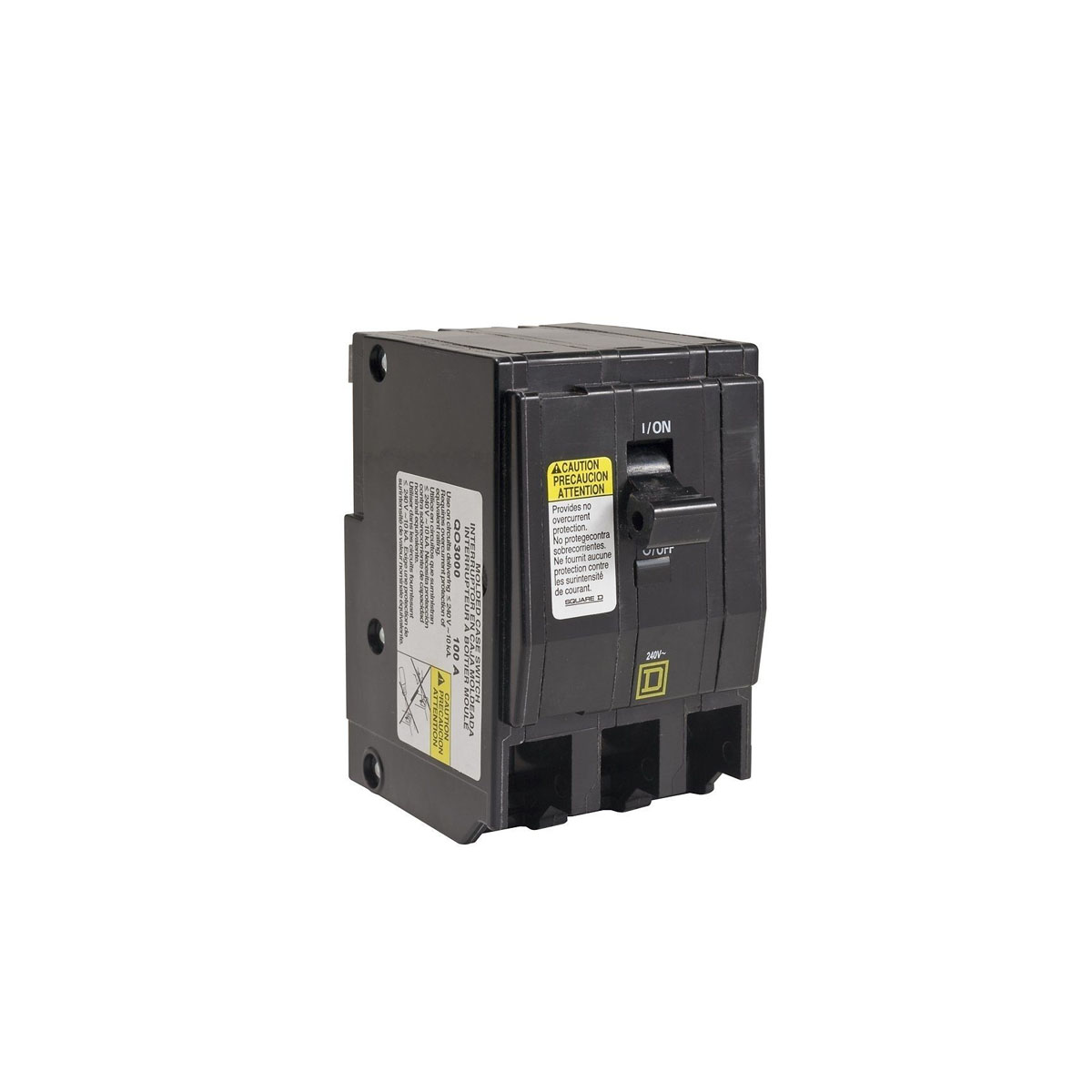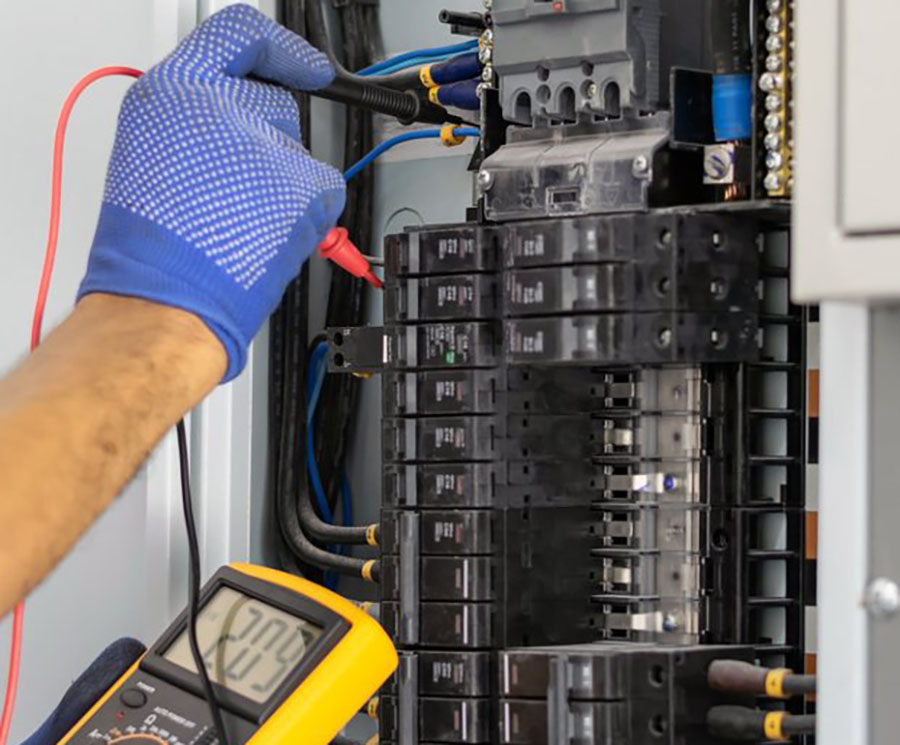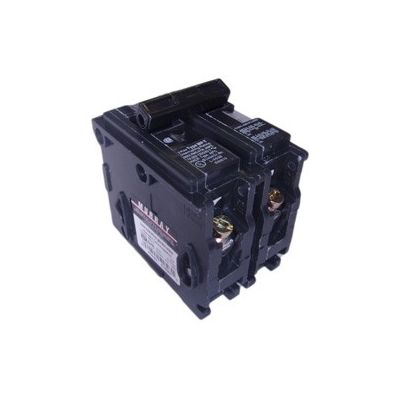How To Intentionally Trip A Circuit Breaker
Electrical panels house the circuit breakers that supply power to the different areas of our homes or any structure. Circuit breakers protect from fire or shock and interrupt the power supply when something goes wrong. When this happens unexpectedly, it can be frustrating! However, have you needed to work on a circuit and wondered how to trip a circuit breaker on purpose? Read through this guide to learn exactly how a circuit breaker works and how to trip it intentionally! Perhaps your relationship with circuit breakers won’t be quite so bitter when you are finished.
How Does A Circuit Breaker Work?
When electrical current is produced, it travels through a conductor to a destined circuit. To maintain a safe amount of electrical current being provided to those circuits, a device that we all know as a circuit breaker comes into play. A circuit breaker is basically a safety switch with a predetermined amperage load controlling the amount of current permitted to flow freely along a given path. The breaker protects the circuit from becoming overloaded or unsafe from factors such as damaged wires or faults. A breaker rated at 15 amps will allow up to that amount to pass through, but nothing more. It makes sense, right? I like to compare it to a dam that controls the water level that is released or contained.
Circuit breakers hold an electromagnet that will not energize if the current is within the safe range. The circuit will continue to operate normally. However, if the current exceeds this number, the electromagnet becomes energized and interrupts contact with the external circuit, flipping the breaker off. A room goes dark, fixtures and appliances turn off, and the mystery begins. The breaker has tripped and prevents the electrical current from continuing to flow until the problem is resolved. While it can be frustrating, it is a good thing, I promise! Nobody wants damage, injury, or fire to occur, no matter where we are!
When a tripped breaker has deadened a circuit, it tells us that something within the system needs our attention. There are many things to ask, such as how old the breaker is? Has anything new recently been added to that circuit? At Bay Power, our experts can help you understand when troubleshooting is needed. Once you have discovered the root of the problem and the mystery is solved, you can focus on fixing the problem. Hopefully, it is an easy fix, but even if you have to replace the breaker, there is no need to panic; Bay Power has your back! Let's jump ahead and say the problem has been solved now, and the focus is on resetting the breaker. How do you do this? Unlike so many things, resetting a breaker is not a complex process (cue applause)!
After locating the breaker box, you need to identify which breaker has tripped. Most breakers will have an orange or red marker that shows it has been tripped. Even if it does not have that marker, it is typically still pretty easy to identify which breaker has tripped as it will most likely be the only breaker that is switched to the "off" position. As an extra safety precaution, ensure everything included on that circuit, such as lights or appliances, has been turned off if possible. Once you have done this, you can simply flip the breaker switch back to the "on" position. You will feel some resistance and hear a distinct click when you have successfully done this. You can now test it by turning things powered by this circuit on, one by one.
Safety Considerations Before Handling Any Circuit Breaker
Safety first! How many times in our lifetime have we had this drilled into our heads? Well, I hate to be the one to say it yet another time, but here I am! Like with anything electrical, safety needs to be taken into consideration before you mess with them. Here are a few things to keep in mind:
- As mentioned before, one safety precaution you can take is turning off anything that depends on the tripped circuit before resetting the breaker to prevent an overload from repeating.
- Stand to the side of the panel box when you are resetting a breaker! Sometimes a spark could occur, and you don't want to be in the "line of fire", so to speak.
- Be careful not to touch any exposed wires or metal parts as a significant amount of power is supplied to the electrical box. Only make contact with the breaker switches!
- NEVER handle circuit breakers or approach an electrical panel when the floor or surroundings are wet.
- Wear that Personal Protective Equipment (PPE)! Even if it’s too hot or too cold or seems to always get in the way. Safety glasses can save not just your eyes but part of your face! So go ahead, either get some cool ones or just accept looking like a bug! It could be worth it in the long run.
How to Trip A Circuit Breaker Intentionally
A circuit breaker may fail to trip for many reasons. But if you want to trip a breaker intentionally, here are some very easy steps to follow.
- Plug an appliance into an outlet fed by the circuit that the breaker you want to trip is serving. If there are existing lights, you can just turn one of those on as another option.
- Open the electrical panel (breaker box) and search for the breaker corresponding to your targeted circuit.
- Flip the coinciding breaker switch to the "off" position.
- Confirm that the appliance you had plugged in, or the light you had turned on, has turned off. If it has, you found the correct breaker! Success!
Conclusion
Circuit breakers control the amount of electrical current that flows through a path to feed a designated circuit. They contain a predetermined amperage load amount and will not allow the current to exceed that number. When a breaker trips, it is not hard to reset it. You must try to pinpoint the cause of the problem before resetting the breaker to prevent the issue from recurring. When you need to intentionally trip a breaker on your own to perform work on a circuit, you can plug an appliance into an outlet that is a part of the designated circuit, or if available, you can also just turn on a light. After you switch the breaker for that circuit to the "off" position, you will see the appliance or light power off as well. Always keep safety a priority, no matter how simple the task may seem. Hopefully, since you understand how circuit breakers function a bit more clearly, and how to trip one when needed intentionally, you will find they aren’t as bad as their reputation sometimes portrays them.
FAQS
How do you trip a circuit breaker?
You trip a circuit breaker by locating the electrical panel that houses the breakers and the specific breaker you are working with. Flip the switch to the "off" position; you will hear a click as you do this.
What causes a breaker to trip?
A circuit breaker trips most commonly when a circuit has become overloaded and is trying to pull too much energy at one time. A breaker may also trip when there is a loose wire or a short somewhere in the circuit.
How do breakers know when to trip?
Circuit breakers contain an electromagnet inside that does not energize if the current stays at or under the designated safe range set for that specific breaker. However, suppose the current exceeds that range. In that case, the electromagnet energizes and breaks the connection with the magnetic strip preventing the flow of electricity to the circuit and protecting it from damage or danger.

